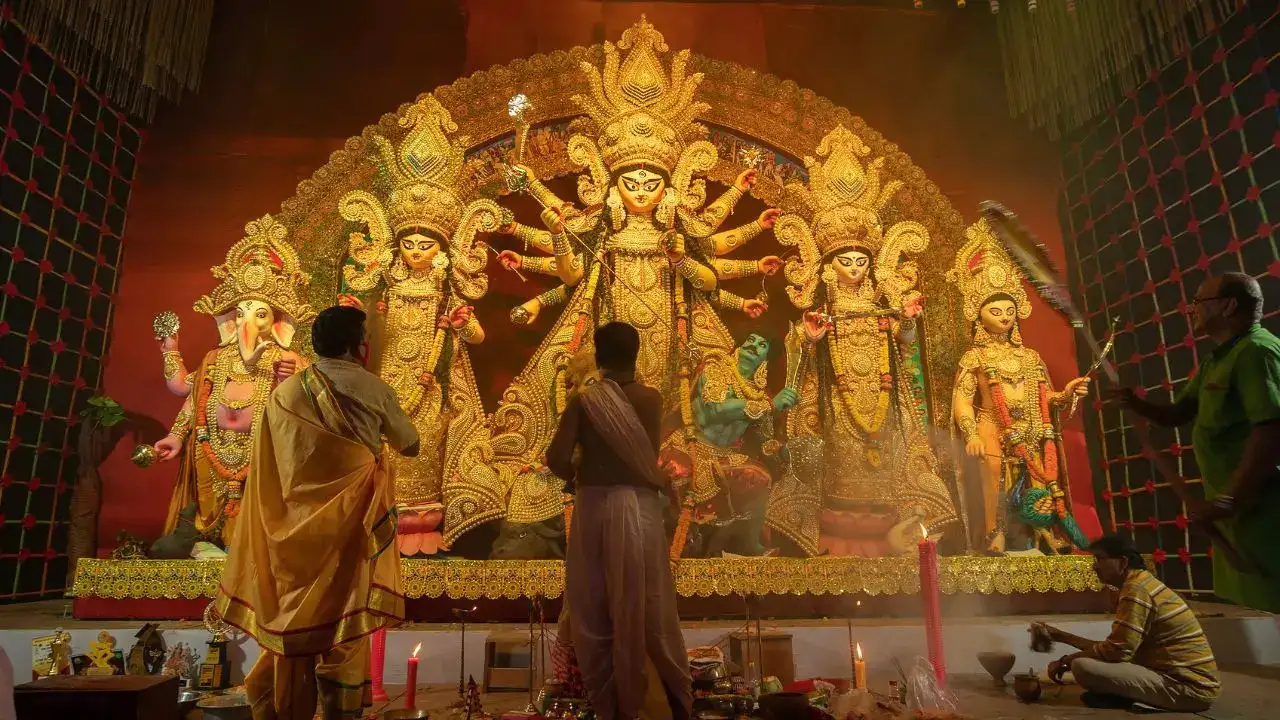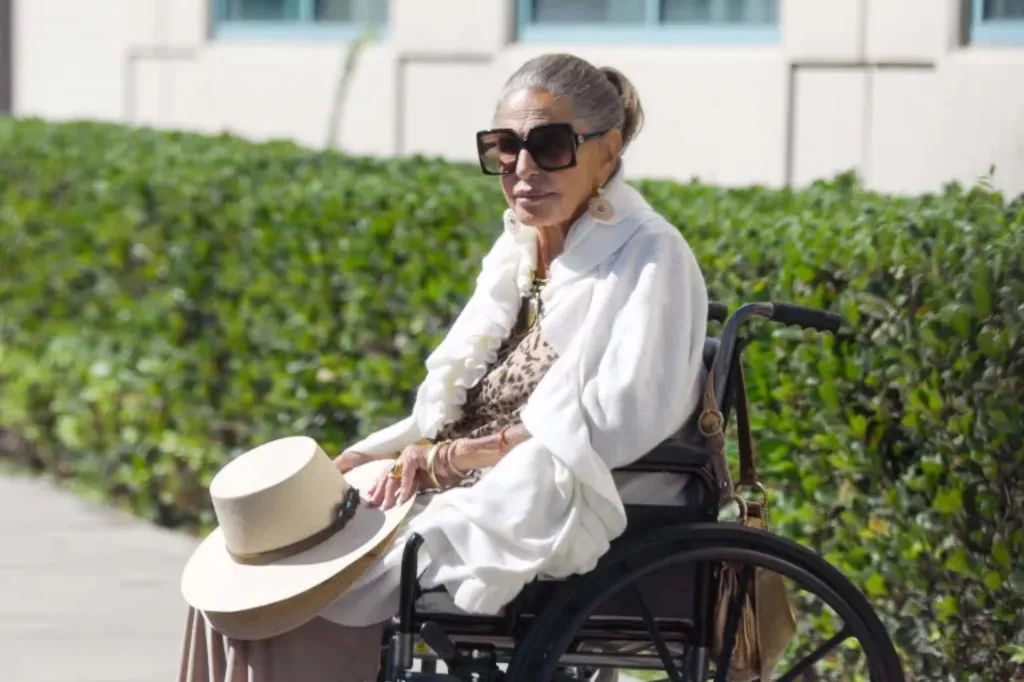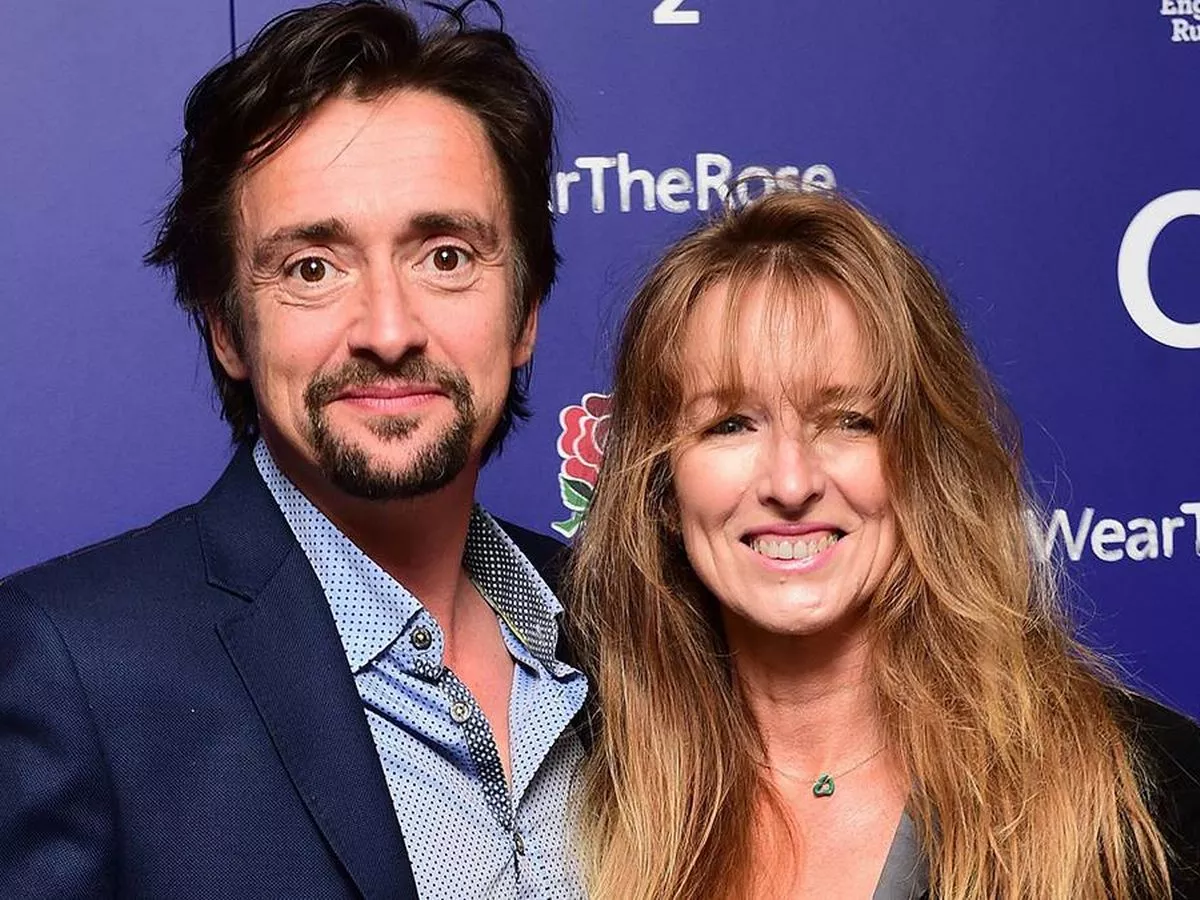Copyright timesnownews

Durga Puja has begun. Although the grand celebrations start from Sashthi, the familiar line "Amar Maa Durga Elo Re Ghore..." which translates to, "My Mother Durga has come home" is already on the lips of my Bengali friends. Plans for pandal hopping are in full swing, and conversations turn to the most stunning idols they have seen over the years. Yet few outside Bengal realise that Durga is not always shown in the same form. Across the pandals of Kolkata, the goddess appears in many guises, each carrying its own story and symbolism. Here's a look at some of the commonly seen forms of Goddess Durga depicted in puja pandals MahishasuramardiniThe image most people associate with Durga Puja is Mahishasuramardini, where the goddess slays the buffalo demon Mahishasura. She is fierce and radiant, many-armed and armed with the weapons of the gods, her foot pressing down on the demon as he writhes beneath her. This is the Durga of triumph, good over evil and light over darkness, and her presence dominates most pandals in Bengal. The form follows age-old descriptions from Shakta texts, which is why she remains the most recognisable image of the festival. Abhaya DurgaAbhaya Durga highlights the protective and fearless nature of the goddess. The goddess is shown with her right hand raised in the Abhaya Mudra. It means reassurance and peace. In her other hand she carries weapons and stands in a poised, combat-ready stance. In pandals, this form is brought alive with jaw-dropping installations that focus on her strength as a guardian and her role as a remover of fear. Hara-GauriHara-Gauri represents the combined principles of Shiva (Hara) and Parvati (Gauri). In iconography, Durga is depicted in a calm, composed posture, occasionally accompanied by symbols associated with Shiva, such as the trident. She is also depicted sitting on Lord Shiva's lap. This form emphasises cosmic balance and unity of divine masculine and feminine energies, and is sometimes chosen in pandals influenced by Tantric or Shakta traditions. According to Satyaki Chakraborty, who runs the Instagram page Tales of Homeland, "On closer observation, you'll observe a pattern- all the households thats celebrate Durga in this form are Vaishnavas, and mostly Suvarnabaniks. Vaishnava merchants in Bengal saw their heydays in the 18th-19th centuries. Despite their sectarian affiliations, many of them began Durga Puja as a mark of their wealth and social standing. However, they remained loyal to their religious practices- practicing Durga Puja in the 'Baishnab Mawt' (Vaishnava tradition) and rejecting sacrifices. But why worship Shiva being a Vaishnava?". Vaishnavism in Bengal has always been known to oppose the "violence" and sacrifices of Shakta worship, resorting to devotionalism at a popular level through songs and literature, that resonated with the masses. "This often resulted in perceiving the deities in more familiar terms. In this case, it translated to viewing the goddess as a daughter, mother and wife, instead of a demon slayer. This "domestication" or "Vaishnavization" (McDermott, 2000) of the goddess resulted in perceiving her with her husband- in the same manner as the divine couple of Radha-Krishna, the 'kuladevata' (tutelary deities) of most of these households," he adds. Shanta DurgaThe goddess in her Shanta Durga form embodies peace and serenity. Rather than battle, this form highlights compassion, order and benevolence. Pandals that choose Shanta Durga usually lean towards a more traditional and meditative mood, presenting the goddess as a gentle and contemplative presence. Ākālbodhan DurgaThe story of Ākālbodhan, which means "untimely invocation", comes from the Ramayana. Before his battle with Ravana, Lord Rama worshipped Durga in the autumn, even though she was traditionally worshipped in spring. And, a reason why Durga Puja takes place in the Sharad season (autumn). You will not often see this form in pandals. The central idol almost always remains Mahishasuramardini, yet some theme-based pandals include side panels or artistic tableaux that show Rama offering prayers to Durga, echoing the story of Ākālbodhan. Disclaimer: This article is based on popular beliefs. Times Now is not responsible for the accuracy or completeness of the information and facts provided here.



